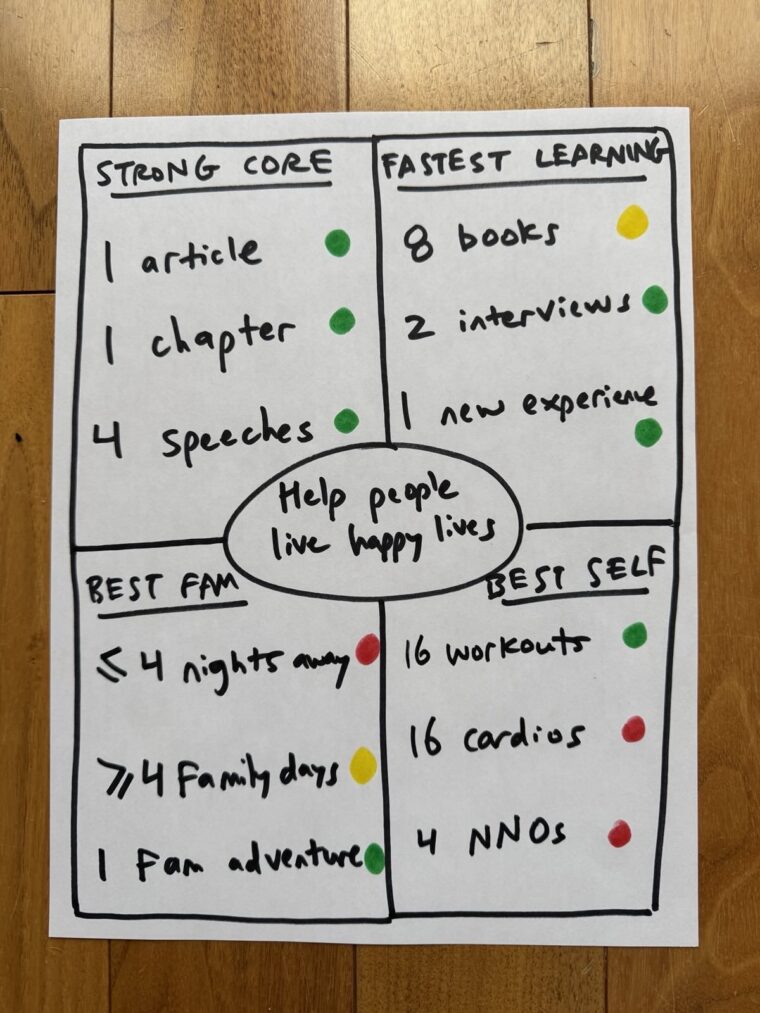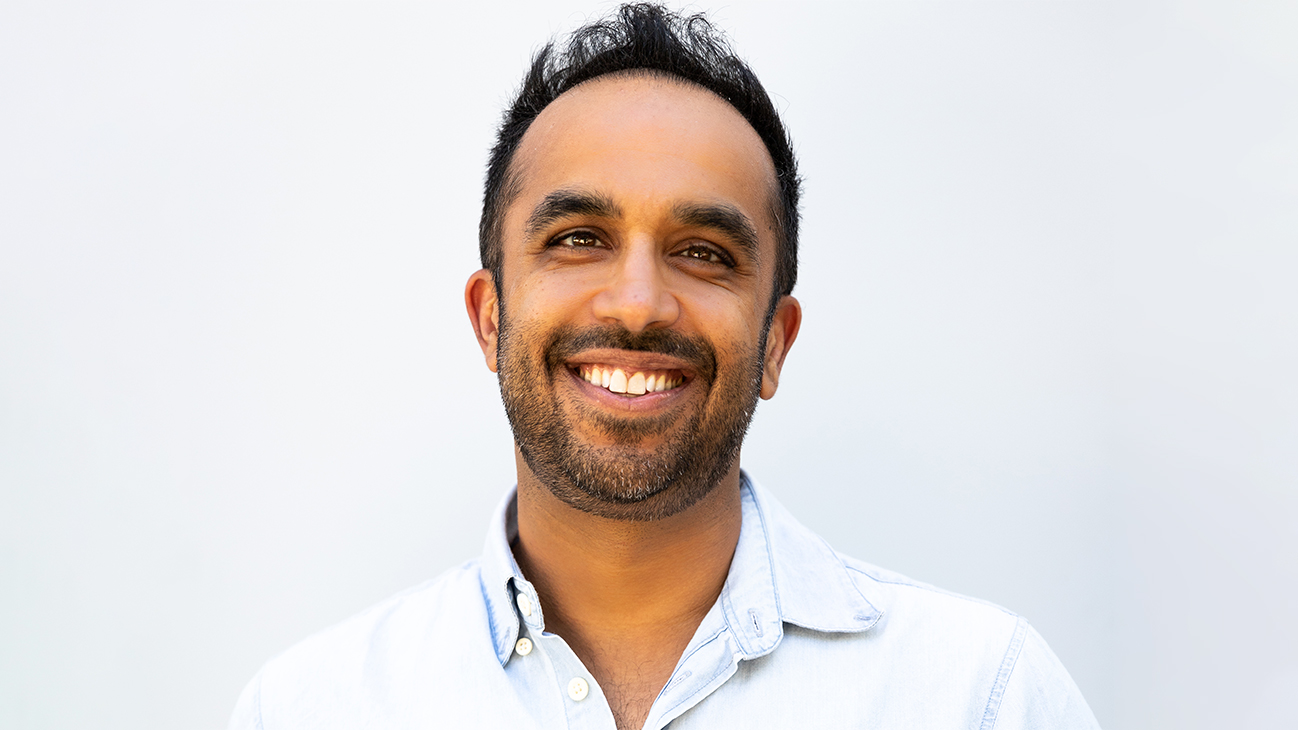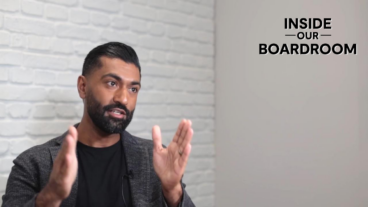I’ll admit it — I’m not much of a New Year’s resolution person. They don’t work for me. “Oh, the calendar flipped! Time to start yoga, lose 15 pounds, and stop drinking.” Too big, too unrealistic.
And it’s not just me. According to the University of Scranton only 19% of people actually maintain their New Year’s resolutions and US News reports that 80% of all resolutions are dropped by February.
So, what’s a better way to grow? Don’t focus on the years, focus on the months. It’s not about massive leaps, it’s about little improvements. About constantly steering your ship in the right direction.
I think a better way to grow is with a monthly dashboard.
Creating a Monthly Dashboard to Pursue Your Goals
What’s a dashboard? You stare at one every time you start your car. The dashboard flashes signals to make sure your seatbelt is on, your high beams are off, and you’re going the right speed. Does the dashboard put your seatbelt on? Hit the brakes for you? No, of course not. You do that. The dashboard just provides real-time feedback to help you course correct along the way.
For the past few years, I’ve written a monthly dashboard. It’s got four focus areas on 12 things I measure with a green, yellow, or red circle each month. Green means I’m good! Yellow means I’m close. Red means I’m way off.
Part of what’s great about a dashboard is that it allows me to map out all the goals I have bouncing around in my head. A study by Gail Matthews, a psychology professor at Dominican University, found that people who write down their goals and dreams on a regular basis are 42% more likely to achieve them. The manifesting effect!

My dashboard isn’t fancy! I write it in marker on a piece of blank paper or in my notebook.
The middle is my ikigai. I wrote “Help people live happy lives.” An ikigai is your purpose, your high-level goal, the reason you get out of bed in the morning.
Outside the ikigai, the top two boxes are what I do. The bottom two are how I do it. I like the mental image of the bottom boxes actually supporting the top boxes.
So, what do I do?
Strong Core
For me the core of my work is writing. So, the first two things I measure are publishing one new article (on somewhere like CNBC or Harvard Business Review) and writing one chapter of a new book. Writing, writing, writing! And a big way I get ideas into the world is through keynote speeches — that’s the four-speech goal I have each month. Doesn’t always happen but last month I was green on all three.
Fastest learning
Next! Learning. What’s the fuel for your core? My goals are to stay curious by reading eight books a month, conducting two deep-dive interviews a month, and having one new experience a month.
I publish my Monthly Book Club to keep the pressure on the reading. And the interviews? That’s where my podcast comes in — I get to go deep preparing and publishing interviews with people like Brené Brown, Jonathan Franzen, and David Sedaris.
Lastly, one new experience. That’s subjective of course, but it could be anything from putting all my books into the Dewey Decimal system, taking my son to his first Flaming Lips concert, or even just trying a type of cuisine I’ve never tried. Open ended! And lots of months I miss here. But the goal is to push myself to stay curious and expand.
Best family
This is the box missing from the corporate charts hanging at the office. Your best self starts at home. For me it means being away from home less than four nights a month, having four deep airplane-mode family days each month, and going on one family adventure together. Last month, I was traveling a couple weekends which earned me a yellow and red on the dashboard.
Best self
We know how airlines say to put the oxygen mask over your mouth before putting it over your kid’s. That’s hard for any parent! But the airlines know something we don’t: we’re no good to anyone if we don’t take care of ourselves. Best Self means taking care of you. I use an app called Trainiac to track my workouts, and my goal is to do four workouts a week and four longer cardio sessions a week. 16 a month! You can see by all the red circles I didn’t do a great job last month! I hit my workouts (thank you hotel gyms) but my cardio and Neil’s Nights Out (NNOs) took a hit.
The Benefits of a Monthly Dashboard
There are a few things I love about the system. First, It’s for me, by me. It’s not a hard-and-fast contract. It’s a system of course correction that lets me identify trends and make adjustments to my life. If I miss my cardio three months in a row, it’s time to think: do I need to sign up for hockey? What should I do to get this on track? Or should I just swap this wholesale for something else? Maybe it’s time to fold back in meditation, volunteering, or music lessons. But if it’s red just one month, I know it was just a little bump, and I can aim to improve it as I go.
In our fast-paced, frenetic world, months are the perfect time where you can roughly scratch out how you’re doing on a dashboard, take a minute to zoom out, and make course corrections along the way.
And as always let’s remember: The goal is not to be perfect here. It’s just to be a little better than before. Here’s to a great 2025!
The bestselling author of The Book of Awesome and The Happiness Equation, Neil Pasricha is one of the most popular TED speakers in the world. With infectious enthusiasm, heartfelt authenticity, and a “what works” authority, he draws on the latest research to show audiences how to enhance individual performance and create a more positive and productive workplace.
Interested in learning more about Neil and what he can bring to your event as an in-demand expert on happiness, well-being, and productivity? Contact us and help your team skyrocket their performance in 2025 and increase organizational engagement.
This article was originally published on Neil’s blog.




